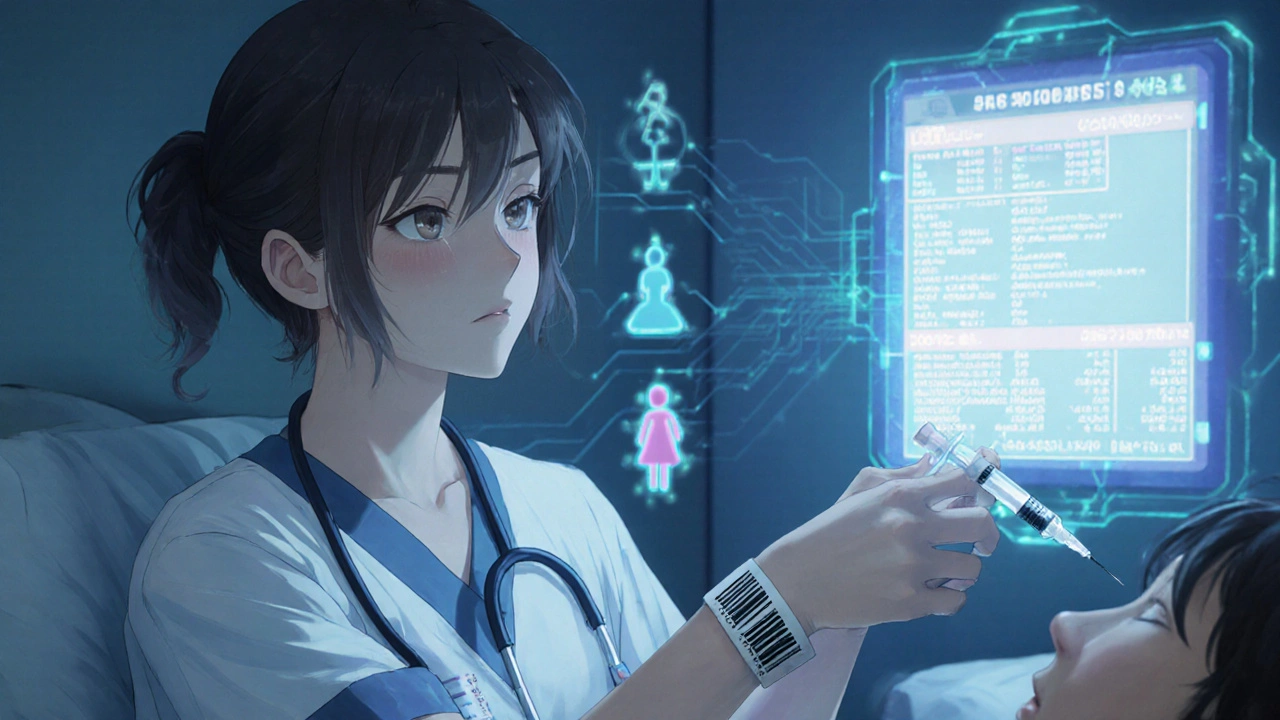Dose Verification: How to Ensure You're Taking the Right Amount of Medication
When you take a pill, you trust it’s the right dose—but what if it’s not? dose verification, the process of confirming the correct amount of a medication is prescribed and taken. Also known as medication reconciliation, it’s not just a hospital procedure—it’s something every patient should do at home, especially when switching brands, starting new drugs, or managing multiple prescriptions. A wrong dose can mean nothing happens… or it can land you in the ER. Think of it like checking the fuel gauge before a long drive. You wouldn’t guess how much gas is left. Don’t guess how much medicine is in your body.
That’s why drug dosage, the specific amount of a medication given at one time matters more than you think. For example, generic bupropion and brand-name Wellbutrin may look identical, but if the milligram strength is off—even by 50 mg—it can change how you feel. Same goes for diabetes drugs like Amaryl or seizure meds like oxcarbazepine. Too little? Your condition flares up. Too much? You get dizziness, confusion, or worse. medication safety, the practice of preventing harm from medicines through accurate dosing and monitoring isn’t optional. It’s your first line of defense.
Pharmacists don’t just hand out pills—they’re trained to catch errors. But if you’re buying online, switching pharmacies, or getting meds from different doctors, you’re the last checkpoint. Always read the label. Compare the pill color, shape, and imprint with trusted sources. Use apps or websites that let you search pill identifiers. If your new prescription looks different from last time, ask why. Don’t assume it’s the same. And if you’re on blood thinners, insulin, or psychiatric meds? Double-check every refill. One study found that nearly 1 in 5 medication errors happen because patients didn’t verify their dose.
It’s not just about pills. Liquid meds, patches, and inhalers all need dose checks too. A child’s cough syrup measured with a kitchen spoon? That’s a risk. A testosterone gel applied to the wrong spot? That’s a transfer hazard. Even something as simple as taking two 5 mg pills instead of one 10 mg pill can throw off your balance. pill verification, the act of confirming a medication’s identity and strength before consumption is a habit, not a one-time task.
You don’t need a medical degree to do this. You just need to be curious. Keep a written log of what you take, when, and why. Take photos of your pill bottles when you get them. Ask your pharmacist to explain the dose in plain terms. If you’re on more than five meds, ask for a medication review. And if you’ve ever had a scary moment—like feeling faint after a new pill—that’s not normal. It’s a signal. Dose verification isn’t about being paranoid. It’s about being smart. The posts below show real cases where dose errors led to emergencies, how to spot fake pills online, why insurance tiers can mess with your dosage, and what to do when your meds change without warning. You’ll find tools, stories, and simple steps to protect yourself. Because your health isn’t a gamble. It’s your responsibility—and your right.
How to Verify Dose Changes and Avoid Miscommunication in Healthcare
Learn how to verify medication dose changes using proven protocols that prevent deadly miscommunication. Discover the 3-step verification process, when to use double checks vs. barcode scanning, and how SBAR communication saves lives.

